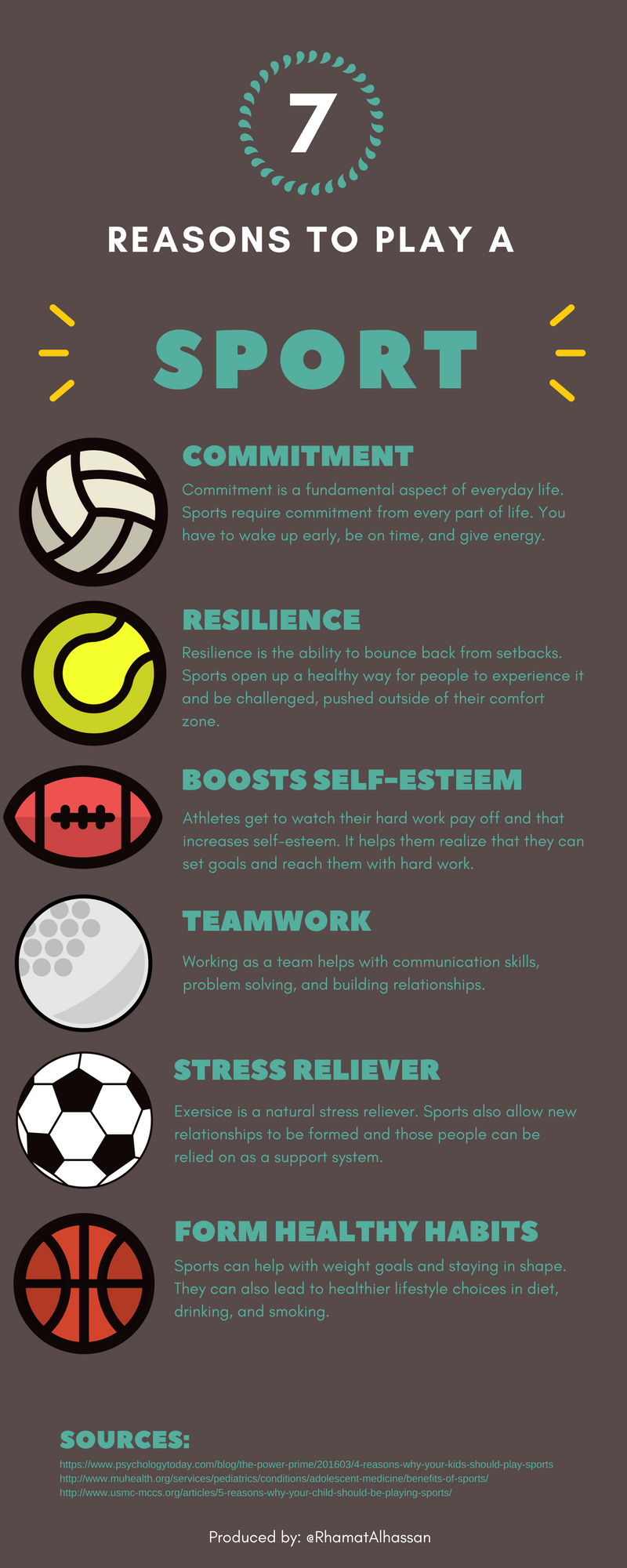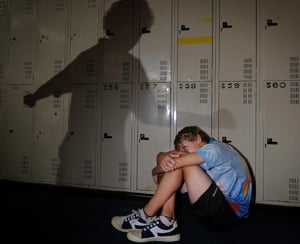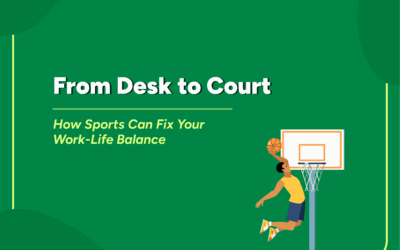Bullying is defined as the use of force, threat, or the coercion to abuse, intimidate or aggressively dominate others. This behaviour is often repeated or becomes habitual.

Bullying occurs due to the perception by the bully or others of the difference in social or physical power between the bully and the victim. Source.
The bully asserts dominance through verbal harassment or threat, physical assault or coercion, these acts are usually directed repeatedly towards particular targets.
The abuse inflicted through bullying is of four types-
- Emotional
- Verbal
- Physical
- Cyber
It can have very harmful effects on both the bully and the victim as it meets the bullies’ need for control as well as simultaneously depriving the victim of his/her need for happiness and control. The most common need that is fulfilled through bullying is that of power.
[pullquote]The great nineteenth-century German philosopher Nietzsche believed that the need for power was a need more essential than life or happiness. [/pullquote]
This need drives the bully to go to aggressive and extreme lengths in order to gain power, dominance and control. Along power comes control, the end goal for most bullies is to gain control over the victim or of a particular situation or environment.
Bullying can occur in virtually any setting, including the sports environment. It occurs when one or more team members intentionally set out to hurt another team member. It can also occur in sports where there are individual competitors and not teams.
In terms of sports, there are three distinct types of bullying:
- Verbal Bullying– name calling, nasty and cruel nicknames, taunting, rudeness and threats of violence and/or to cause harm to a teammate or another student.
- Physical Bullying– hitting, slapping, towel snapping, tripping, head-butting and physical violence against another player.
- Relational Bullying– excluding another player, gossiping, hurtful trash talk and embarrassment of a player in front of others.
There is a fine line between competitive play and bullying. This line is usually crossed by many, as they are unaware of the seriousness of its effects on those involved.
The victims are usually left feeling hurt, angry, helpless, hopeless, isolated and ashamed.
Some victims also feel guilty that the bullying is somehow their fault. This causes long-lasting damage to the victims. Thus, bullying has to prevented in order to ensure the present and future overall well-being of the players
Steps that can be taken to deal with the bullies and bullying are:
- Seeking help from other team members– Team members support goes a long way when it comes to facing a bully. There is strength in numbers and when bullies own teammates stand up to the harassment or abuse, he/she is bound to change or to at least try.
A bully seeks power and control but when people stand up and challenge that, he/she has to look for other ways to earn it rather than aggressively dominating another player. Source.
The only reason the bully continues bullying is that the others are either supportive or quiet about it, once this changes, the bully has no other option but to get with the majority of the team. This ensures that the team sticks together and that the bully or victim don’t get isolated.
- Purpose– This is more of a preventive measure but helps immensely in cutting down the possibility of bullying. An entire team is asked to collectively agree on a purpose. Besides trying their best and exhibiting good sportsmanship, one purpose should be that all the players in a team will support every other member of the team.

A sense of brotherhood must be developed in order to get all of them to have each other’s backs. Source.
If this purpose is agreed upon and followed, bullying behaviour will be substantially reduced, because if one member is bullied, the others are inclined to intervene.
- Open Confrontation– Confrontation between a victim and his/her bully leads to the clearing of any misunderstanding that could’ve been a cause for the behaviour. It also is the most effective way to understand the reason behind why the events occurred. It can be done personally between the two parties or in front of others.
An open and free dialogue should be created in order for both the parties to truly express their thoughts. Source.
This can help immensely in reducing the tension between players and also prevent any further negative behaviour.
- Roles, Responsibilities, Values and Terms– Players have to clearly be informed about their individual roles and responsibilities. This prevents some players from taking advantage of others because of them being unaware of their own different responsibilities. The institutions or sports values must also be clearly communicated in order for the players to try their best to uphold them. Values are extremely important in sports and it should not be taken lightly.
Values helping to maintain a professional environment where bullying will not be tolerated. Source.
Terms for different negative behaviours should be clarified clearly. This should also include the clarification of the outcome and results of these behaviours. This helps paint a clear picture for the players in order to prevent any abuse that arises from the misunderstanding of terms.
- Clear communication channels– A victim of bullying should be encouraged to speak out about it and should also be aware of who he/she should approach regarding this matter. Effective and immediate action should also be taken in order to prove the seriousness of the situation and prevent its reoccurrence.
- Counselling– Victims should be offered counselling as they experience a lot of emotional trauma that may have done long-term damage to their health. Bullies too should be approached and given the help that they need. Bullies usually act out negatively due to an inner turmoil or any deep-seated issue.
Thus, appropriate help should be presented to them in order to maintain a productive environment.
These above steps can be followed in order to deal with the bullies that exist and reduce any future possibility of bullying. Bullying has detrimental effects on the victim’s well being as they are at a greater risk of developing mental health problems such as depression, anxiety and low self-esteem.
Athletes end up usually losing focus, playing/performing tentatively, feeling anxious, missing practice regularly or even quitting the sport altogether in order to avoid being bullied.
The effects of bullying last well into the victims future and predispose them to develop psychological problems in their adulthood. It is hardly reported because the victims are either embarrassed, ashamed or are too scared to do anything about it.
Admitting to being bullied is one of the hardest things an individual can do. We encourage you to talk about it to someone, it can be anyone. The first step to dealing with the issue is to let yourself come to terms with what’s happening mentally.
Talking about it, helps you form a clearer picture of what’s being done and the effect that it has on you. This clarity then motivates you and helps you decide your future course of action. If you realise that you have been bullying someone, it’s not too late, you can still make amends.
Any change causes an impact, however small it may be. Bullying is a serious issue and bullies have to be dealt with before they cause lasting damage to the victims.





0 Comments